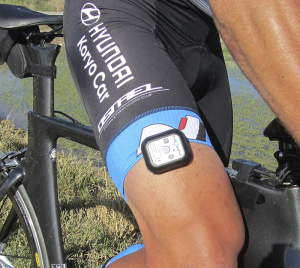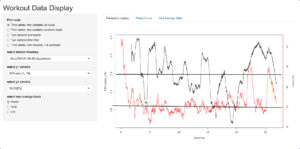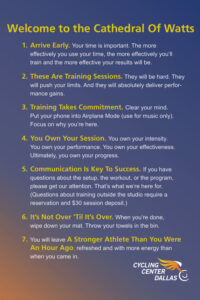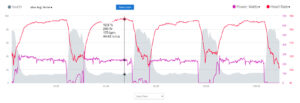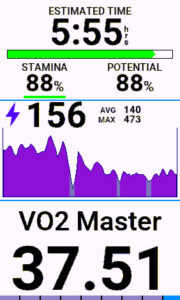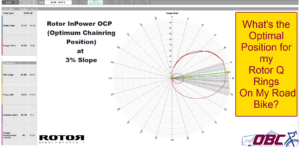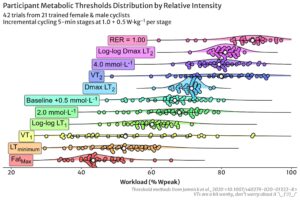OBC Training Articles
Online Bike Coach offers a wide range of articles designed to help you maximize the tools you already own to improve your performance. Explore topics like unlocking Garmin features, using power and wattage to build strength and track progress, leveraging oxygen saturation for smarter workouts, improving your VO₂ max, and much more..
October 16, 2024
No Comments
August 12, 2024
4 Comments
July 27, 2024
2 Comments
June 8, 2024
No Comments
May 31, 2024
No Comments
May 27, 2024
No Comments


